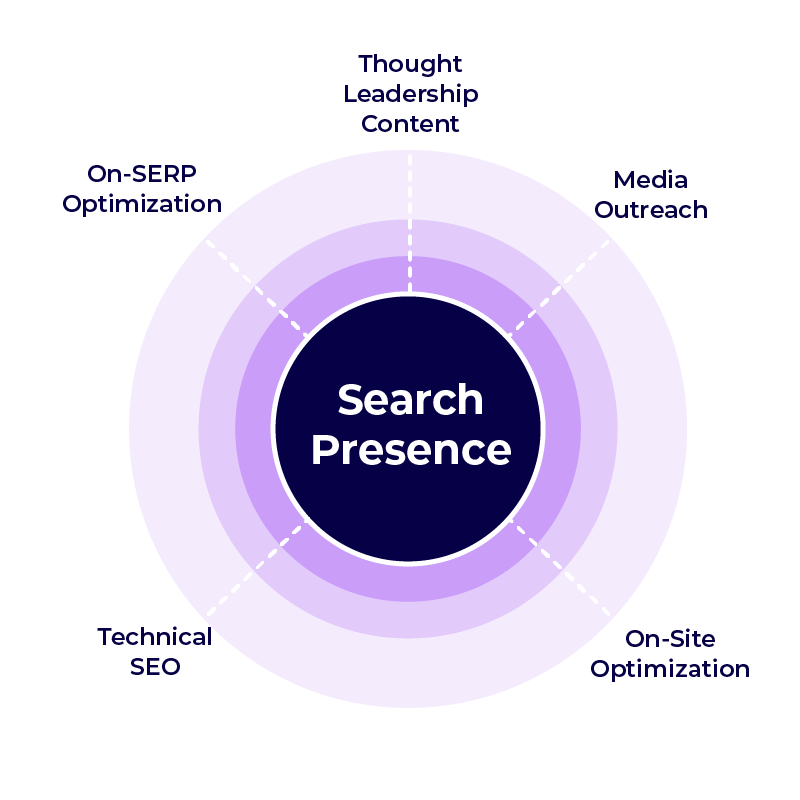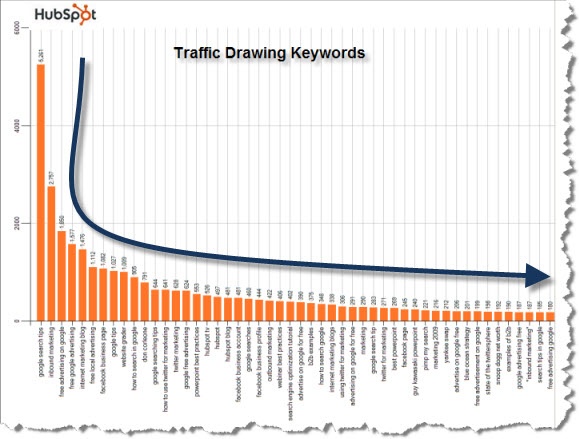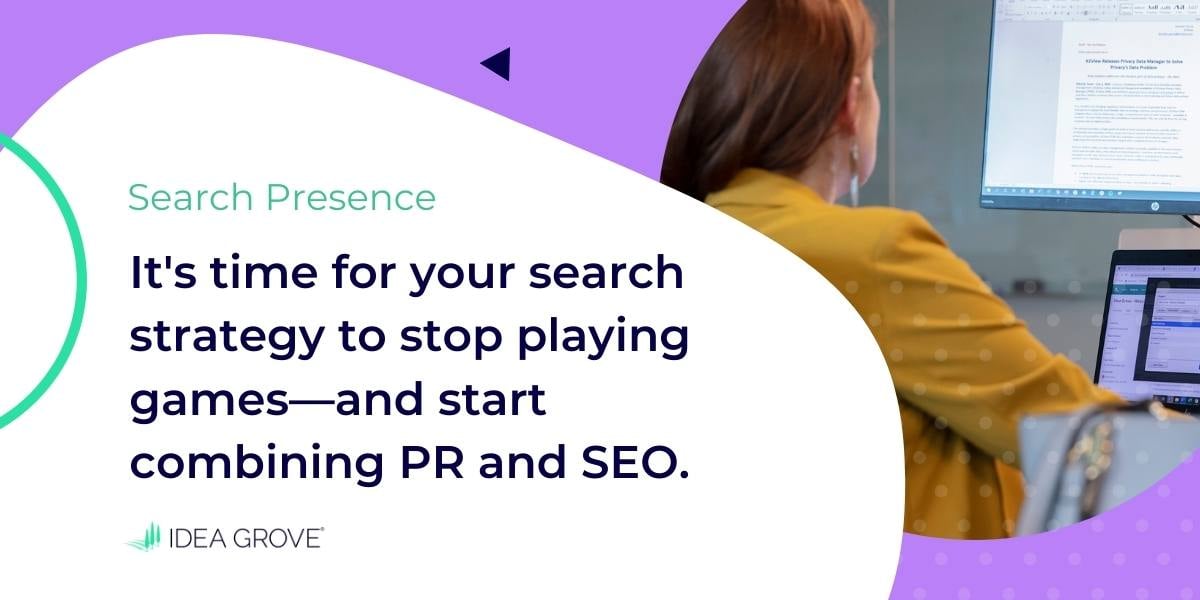Search engine optimization has been around for a long time now, and in that time, it has changed dramatically. Search engine algorithms have become much smarter for one and far less likely to be fooled by old tricks.
Gone are the days when creating SEO-friendly content was simply a matter of keyword stuffing low-quality articles and hoping for the best. Instead, SEO has become equal parts art and science, and many professionals have built careers on helping others master its use.
For the newer marketer or content creator, the world of SEO can seem confusing and impenetrable. All the talk of keywords and alt-text can seem like a frustrating obstacle to creating quality content.
But in truth, SEO is the key to unlocking your potential, whether you run a blog, own a business, create content, or are getting into marketing. Ignore it, and your content will flounder.
Here we'll shed some light on just why SEO is so essential and what SEO strategies you can employ to help your content succeed.
10 Beginner Tips for Creating SEO-Friendly Content

Despite social media's rise, search engines dominate the digital landscape. Indeed, 68% of all online experiences begin on search engines. And, since 75% of users never scroll past the first page of search results, ranking high is essential to driving traffic to your site.
But SEO isn't just about driving random traffic to your site. Instead, it's about reaching your particular audience. Those are the people who will actually stay on your site, read your blog posts, and buy your products and services.
So, good SEO practices will enable you to reach your target customer or reader and increase your leads, conversions, and revenue.
Here are 10 best practices to get you started:
1. Write Comprehensive Long-Form Content

There's a preconception that internet users prefer short-form content over long-form, but this isn't necessarily the case. For example, according to research by Hubspot, the highest-ranking blog posts on Google are typically in excess of 2,000 words.
These findings don't mean all of your blog posts should be thousands of words long. Indeed, the last thing you want to do is fluff up your content to reach an arbitrary word count. Instead, the real takeaway is that readers and search engines want to see comprehensive articles and posts.
The exact length of your articles will vary depending on their format and subject matter. For instance, listicles will typically be longer than 'how to' posts, which will be longer than 'what is' posts. Furthermore, there will be more to talk about on particular subjects than others.
The point is that when you come to write a post, ensure you cover all the bases and don't just settle for the bare minimum. Doing so will show readers and search engine algorithms that you're the authority on a topic, and your audience will expand as a result.
2. Write Structured Content

People read on the internet differently than they do offline. That's because people tend to be looking for something specific when they are online. As a result, people often want highly scannable content, so they can easily browse it and find the information they came to see.
Because of this, nothing will send your readers packing more than greeting them with a massive wall of text. And the algorithms know this and will avoid sending traffic your way.
So, instead, make your content a breeze to read with a clear structure, short paragraphs, and plenty of headings to guide the reader. Be sure to make use of white space and images as well to make your content visually appealing.
3. Outdo the Competition

The internet has been around for a while now. And, chances are, no matter your niche or industry, someone has already written about any topic you turn your hand to creating. So, while it's nice to be more original than your competitors, the better goal is often to be more comprehensive.
Whenever you begin to write a new post, it pays to first scope out the competition, particularly the first few articles on Google. Then, consider what your competitors did to rank highly and ask yourself what you can do better. For instance, are there gaps in the information they've presented? Or is there new information or studies available to you that will make them seem outdated?
Outdo the competition at every turn by being more concise, comprehensive, and including better links, and the search engines will soon notice.
4. Optimize Content for Mobile

Over half of all internet users only access the web through their smartphones, and this number is only expected to grow moving forward. Furthermore, half of these mobile users are likely to leave your site if it takes more than 3 seconds to load. It's pretty clear then that ensuring your content is easy to access for mobile users is a must.
Always use a reliable web host and a responsive theme for your blog and site. Also, check that all images and formatting load correctly on mobile devices, either using a web tool or checking on a mobile device yourself. If you have the means and ability, you even may wish to create an app specifically designed for mobile use.
5. Identify the Right Keywords
Perhaps the most well-known aspect of SEO is the use of keywords and phrases. But it's also one of the most poorly understood, especially when it comes to picking which keywords to use.
Using the right keywords begins with research, which you can do with online tools such as the Google Keyword Planner.
In particular, you need to consider:
- which topics and questions your audience is searching for online
- the search volume for keywords and phrases related to these topics
- the level of competition to rank highly for these keywords and phrases
- which pain-point SEO keywords are likely to show purchase intent
The aim here is not just to target popular keywords but also to consider how difficult it will be to rank highly using particular keywords. The trick then, especially when starting out, is to have a keyword strategy that hits the sweet spot between popularity and competition.
6. Place Keywords Strategically

Once you've identified your keyword, you need to put it to good use in your blog posts and articles. But you never want to force keywords into your content in a way that feels forced and illogical. Instead, keywords should fit into your copy in a way that seems natural.
In terms of keyword placement, you'll generally want to ensure your keyword or phrase appears in the following:
- In the title
- In the meta-description
- In at least one or two of your subheadings
- At least once in the first paragraph and preferably in the first few sentences
- At least three times per every 1,000 words
7. Optimize Media and Alt-Text
Media such as images and videos are a fantastic way of engaging your readers and aiding the points you're trying to get across. But, while search engine algorithms struggle to interpret the images and any text within them, they can determine their relevancy if you provide them with the means.
In particular, you'll want to ensure that components such as alt text, file names, and image captions have been filled in and contain relevant information. This will not only boost your SEO score by letting the algorithms know what they are seeing; it also will make your content more accessible to anyone unable to view the images themselves for any reason.
8. Make Content Other Publishers Will Link To

One of the most vital but challenging elements of SEO is earning inbound links, or backlinks, to your content.
The reason backlinks are so important is that they serve as a vote of confidence from one site to another in the eyes of search engines. For instance, if Google sees that dozens of sources are linking to the same site page, its algorithm will take that as a sign that this page is a quality resource.
The best way to obtain backlinks is by creating quality content that others want to share, and then promoting this content through a digital PR program.
A few tips and tricks for creating linkable content include:
- Creating infographics that people can share from your content
- Compiling stats and studies in your content so that other publishers view you as a valuable source
- Adding useful free tools that others may wish to link to
- Creating ultimate guides that others may wish to reference
- Conducting and publishing your own research and reports
9. Write a Meta Description
A meta description is a short blurb that appears alongside the title of your content in search engine results. It helps both readers and search engine algorithms understand what exactly it is that your content entails.
Meta descriptions are typically only a few sentences or 160 characters in length, so they need to be concise, clear, and relevant to your content. While they may seem like more work, they are essential to making your content SEO-friendly.
10. Update Content Regularly

Your work on an article or blog post doesn't stop when you click "publish."
On the contrary, you should look to update content regularly by ensuring it contains the latest information and statistics. Refresh your top-performing content each year and highlight that it's the "2022 Version" in your headline.
This will keep your content competitive with new posts created by your competitors. It's also much more effective than creating another post on the same topic.
Conclusion
Learning and wielding good SEO practices is an ongoing process for any creator, and it takes time to truly master. But now that you've grasped the basics, nothing is stopping you from improving over time and building sustainable organic traffic to your content.

 8 min read
8 min read






 8 min read
8 min read
